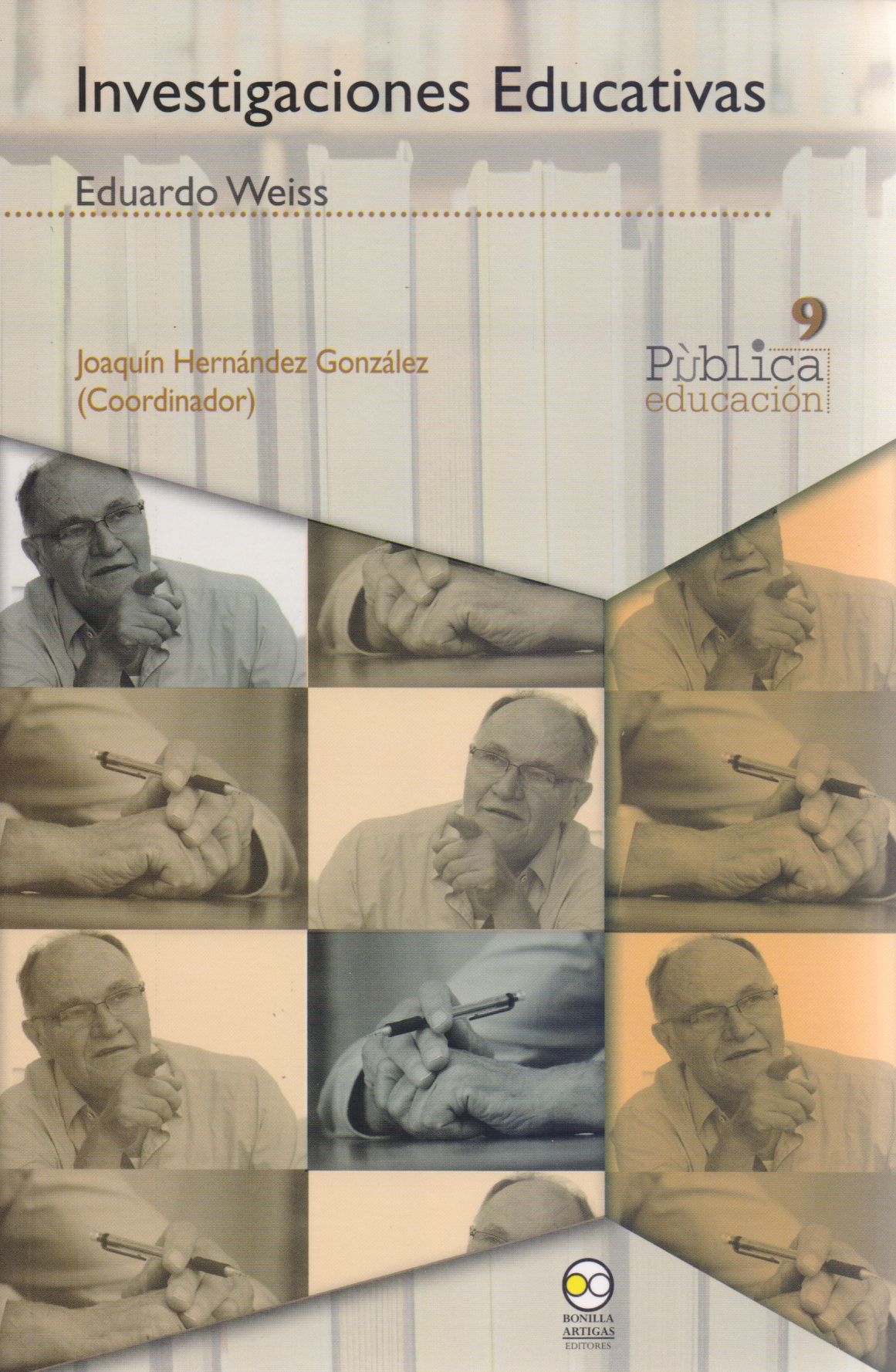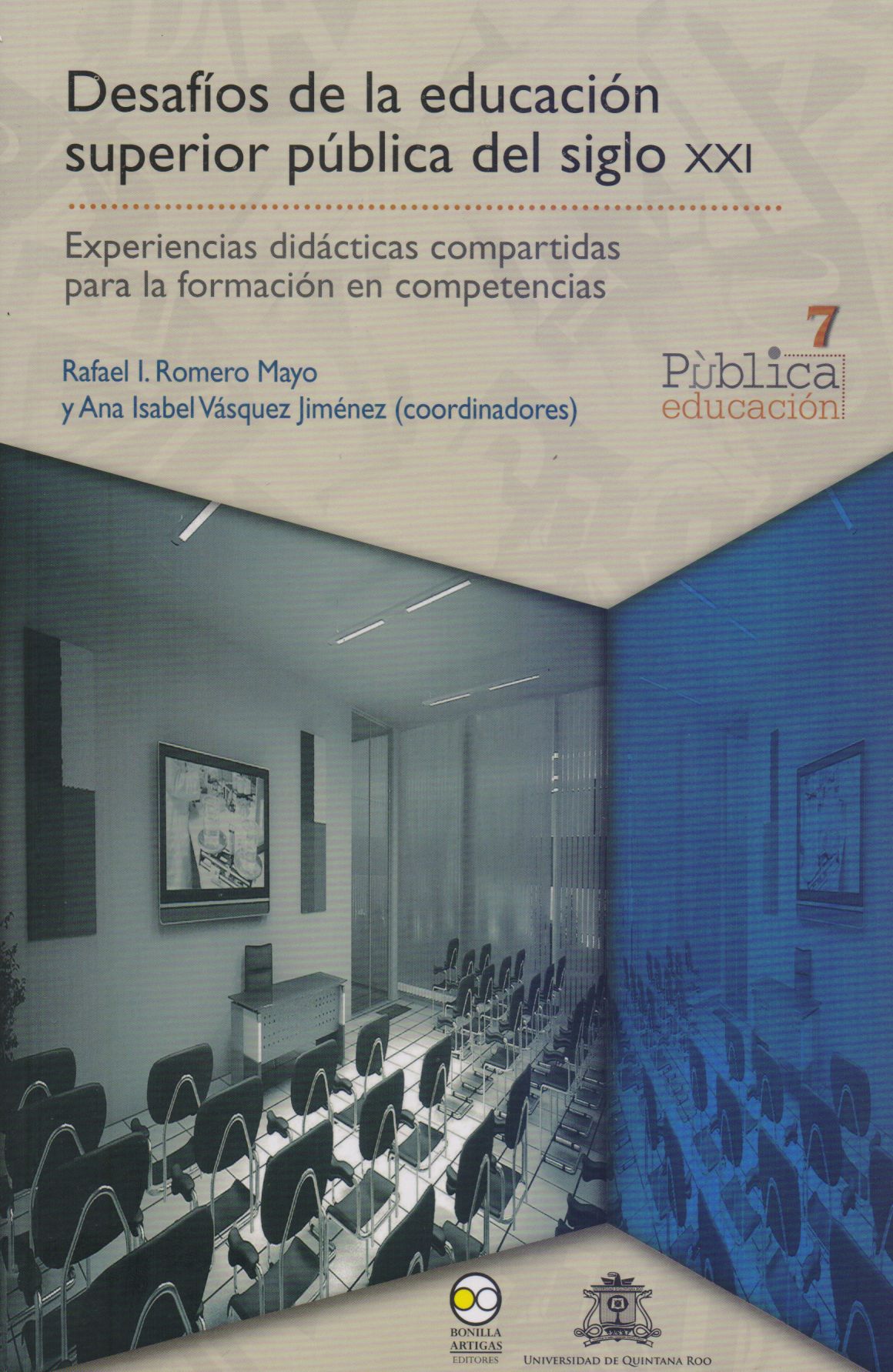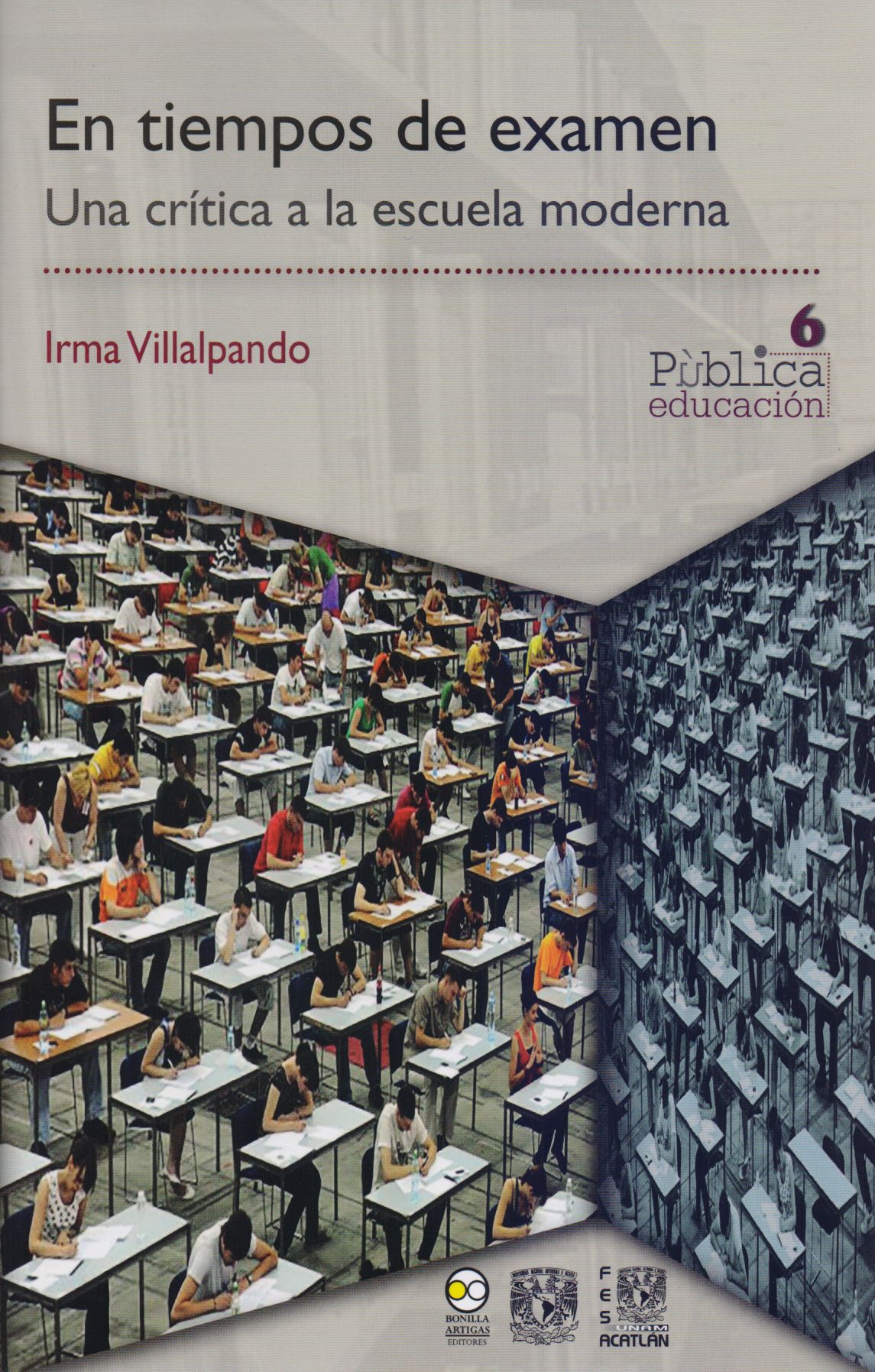Libros relacionados
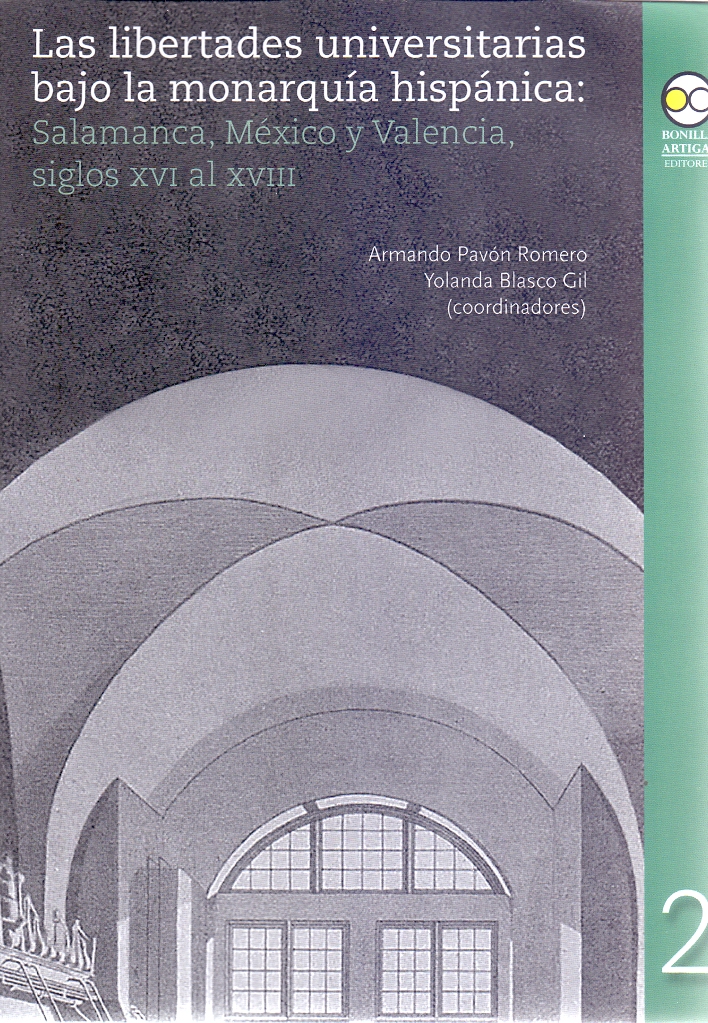 |
Libertades Universitarias Bajo la Monarquía Hispánica, Las: Salamanca, México Y Pavón Romero, Armando; Blasco Gil, Yolanda Bonilla Artigas Editores |
 |
El Currículo y el Desarrollo del Pensamiento Crítico. El Seminario de Formación Viniegra Velázquez, Leonardo Bonilla Artigas Editores |
 |
Gobernanza de la Educación Media Superior: Propuestas de Intervención Hernández Alcántara, Carlos ; Alvarado Rodríguez, María Euge Bonilla Artigas Editores |
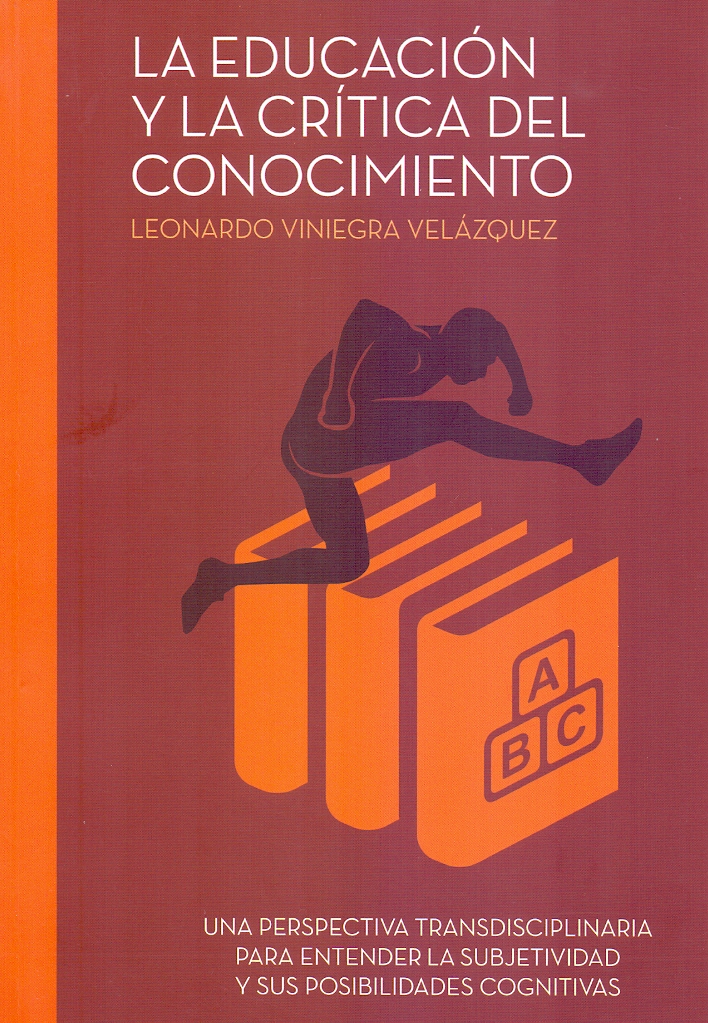 |
Educación y la Crítica del Conocimiento, La Viniegra Vélazquez, Leonardo Hospital Infantiil de México-Federico Gómez |
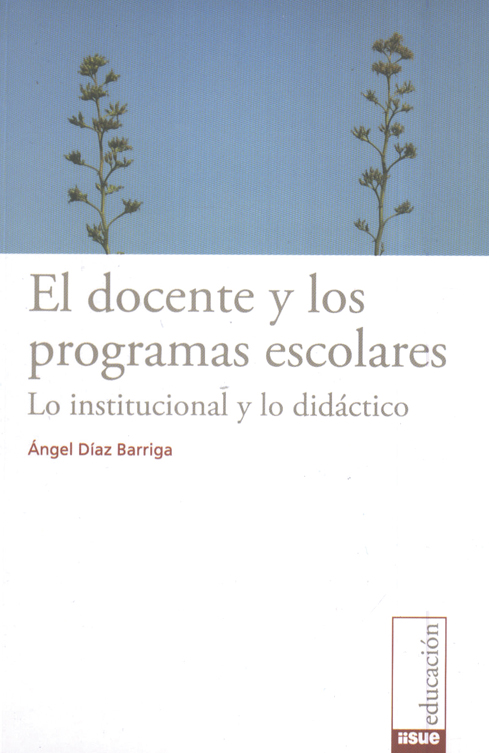 |
Docente y los Programas Escolares, El: Lo Institucional y Lo Didáctico Díaz Barriga, Ángel Bonilla Artigas Editores |
 |
Capacidad Crítica del Estudiante Universitario. La Importancia de la Formación E Glazman Nowalski, Raquel Bonilla Artigas Editores |
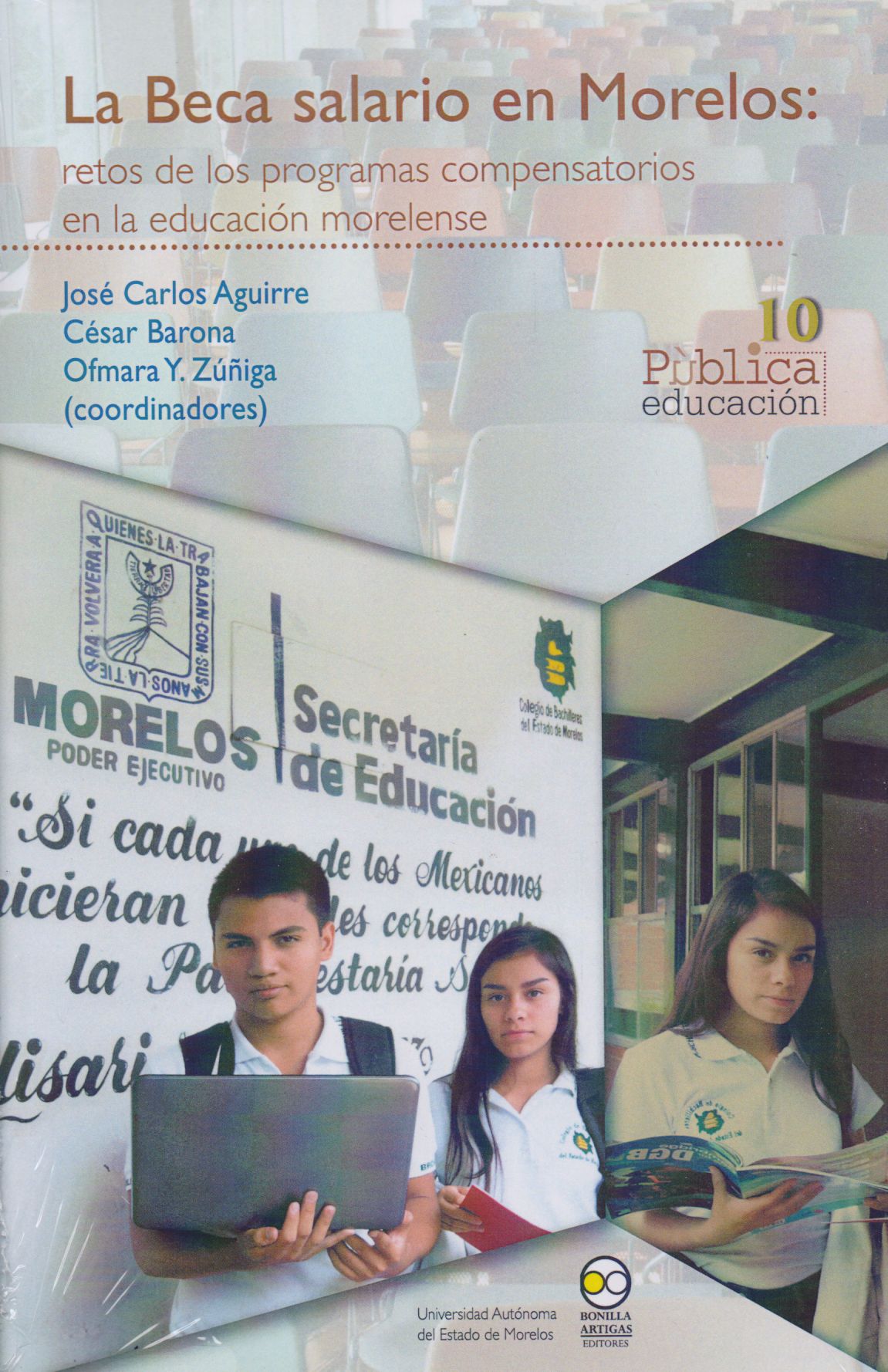 |
Beca Salario en Morelos, La: Retos de los Programas Compensatorios en la Educaci Carlos Aguirre, José Bonilla Artigas Editores |
 |
Educación Laica en México, La: Estudios en Torno a Sus Orígenes Arredondo, Adelina (Coordinadora) Bonilla Artigas Editores |


|
Título: Educating Deaf Students From Research To Practice | |
| Autor: Marschark, Marc; Lang, Harry G. ; Albertini, John A. | Precio: $405.00 | |
| Editorial: Oxford University Press | Año: 2002 | |
| Tema: Educación | Edición: 1ª | |
| Sinopsis | ISBN: 9780195310702 | |
| Over the past decade there has been a significant increase in interest from educators and the general public about deafness, special education, and the development of children with special needs. The education of deaf children in the United States has been seen as a remarkable success story around the world, even while it continues to engender domestic debate.
In Educating Deaf Students: From Research to Practice, Marc Marschark, Harry G. Lang, and John A. Albertini set aside the politics, rhetoric, and confusion that often accompany discussions of deaf education. Instead they offer an accessible evaluation of the research literature on the needs and strengths of deaf children and on the methods that have been used-successfully and unsuccessfully-to teach both deaf and hearing children. The authors lay out the common assumptions that have driven deaf education for many years, revealing some of them to be based on questionable methods, conclusions, or interpretations, while others have been lost in the cacophony of alternative educational philosophies. They accompany their historical consideration of how this came to pass with an evaluation of the legal and social conditions surrounding deaf education today. By evaluating what we know, what we do not know, and what we thought we knew about learning among deaf children, the authors provide parents, teachers, and administrators valuable new insights into educating deaf students and others with special needs. |
||
Librería Bonilla SA de CV © Todos los derechos reservados. 2019
Última actualización: Jul 2019



